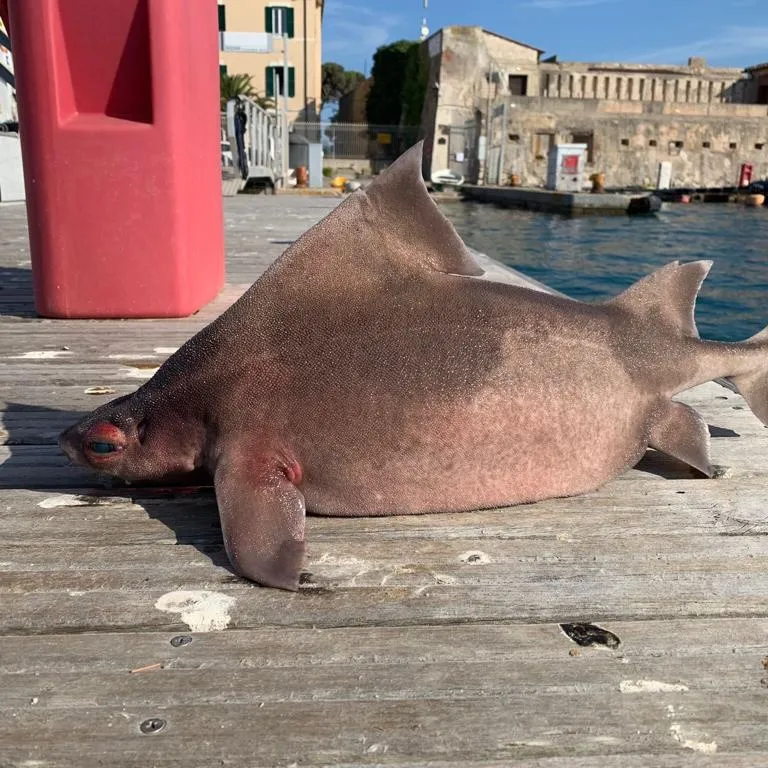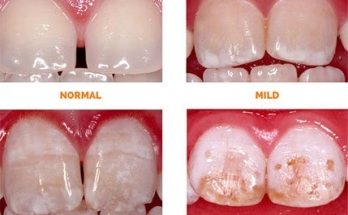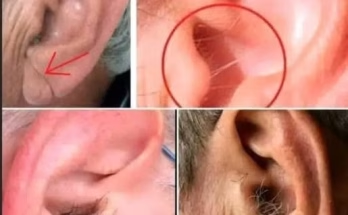The angular roughshark has wide-set eyes, a pink snout, massive nostrils and pronounced dermal denticles, giving them a furrry, pig-like appearance.
Name: Angular roughshark (Oxynotus centrina)
Where it lives: In the eastern Atlantic ocean from Norway to South Africa, and the Mediterranean sea
What it eats: Fish, crustaceans, molluscs, marine worms and shark eggs
Why it’s awesome: When we think of sharks, we tend to imagine large, muscular predators like great whites or hammerheads. But for the pig-like angular roughshark, this is not the case. These bizarre sharks have flat heads, wide-set eyes and pink snouts.
“It is commonly called a ‘pig fish’ because when it comes out of the water it emits a kind of grunt,” Yuri Tiberto of the Elba Aquarium in Italy, told Toscana Media News in 2021, after a dead individual was pulled from the water in Elba, an Italian island near Tuscany, and posted to Facebook by the tourism website Isola d’Elba App.
Angular roughsharks generally grow around 3.3 feet (1 meters) long and have thick, gray-brown bodies with two large dorsal fins that resemble sails. They have a triangular profile from the front.
Like all sharks, their skin is covered in dermal denticles — flat, V-shaped tooth-like structures that consist of pulp, dentine and enamel.
While all sharks have denticles, roughshark denticles are particularly large and pronounced, giving them a fuzzy appearance. Scientists don’t know exactly why this is, but it may be to help protect the animal from larger predators.
Combined with its furry-looking face, the angular roughshark also has a short, blunt snout with massive nostrils, adding to their pig-like appearance.

These strange features relate to their lifestyles; they spend most of their time swimming just above the seafloor looking for food. They tend to move slowly, vacuuming up their prey.
They have one set of sharp, blade-like lower teeth to slice through flesh, as well as conical upper teeth which help to spear slippery prey.
Recent research suggests angular roughsharks also feed on the eggs of other sharks. As well as discovering shark embryos in the stomachs of wild roughsharks, in 2015 scientists reported a captive angular roughshark that fed exclusively on the eggs of elasmobranches.
Although these sharks have little commercial value, their large dorsal fins and spines make them susceptible to being caught in nets as bycatch by fishers .They are also listed as endangered on the International Union for Conservation of Nature Red List of Threatened Species.



